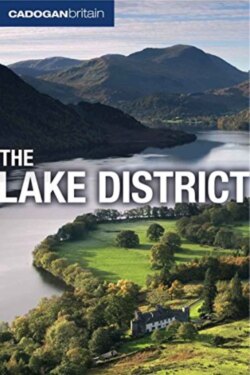Читать книгу Britain: The Lake District - Vivienne Crow - Страница 21
На сайте Литреса книга снята с продажи.
Making the Most of Natural Resources – Early Industries
ОглавлениеWe have already seen how the rich monastic houses helped the development of trade and industry in Cumbria. Although the Dissolution of the Monasteries in the 16th century was a social disaster for Cumbria – schools were closed and poor relief abandoned – the economy didn’t collapse. In fact, this was about the time that the woollen industry really began to peak, centred largely on Kendal and its surrounding towns (see here). The area had an abundance of resources that made it ideal for this cottage industry: there were the sheep, of course, and the power of the fast-flowing becks was harnessed to operate the fulling mills. In addition, lichen and broom provided colour for dyes, and bracken was used to create a soap for washing the wool.
It was also in the 16th century that the county’s mining industry took off, encouraged by a national policy of fostering defence and industry. An influx of German miners, centred on the Keswick area, had a lasting impact on both the physical landscape and the social make-up of the area as they dug deep for copper, lead, silver and even gold (see here). The scars of their industry – and the subsequent mining operations, some of which lasted well into the 20th century – still litter the fellsides.
